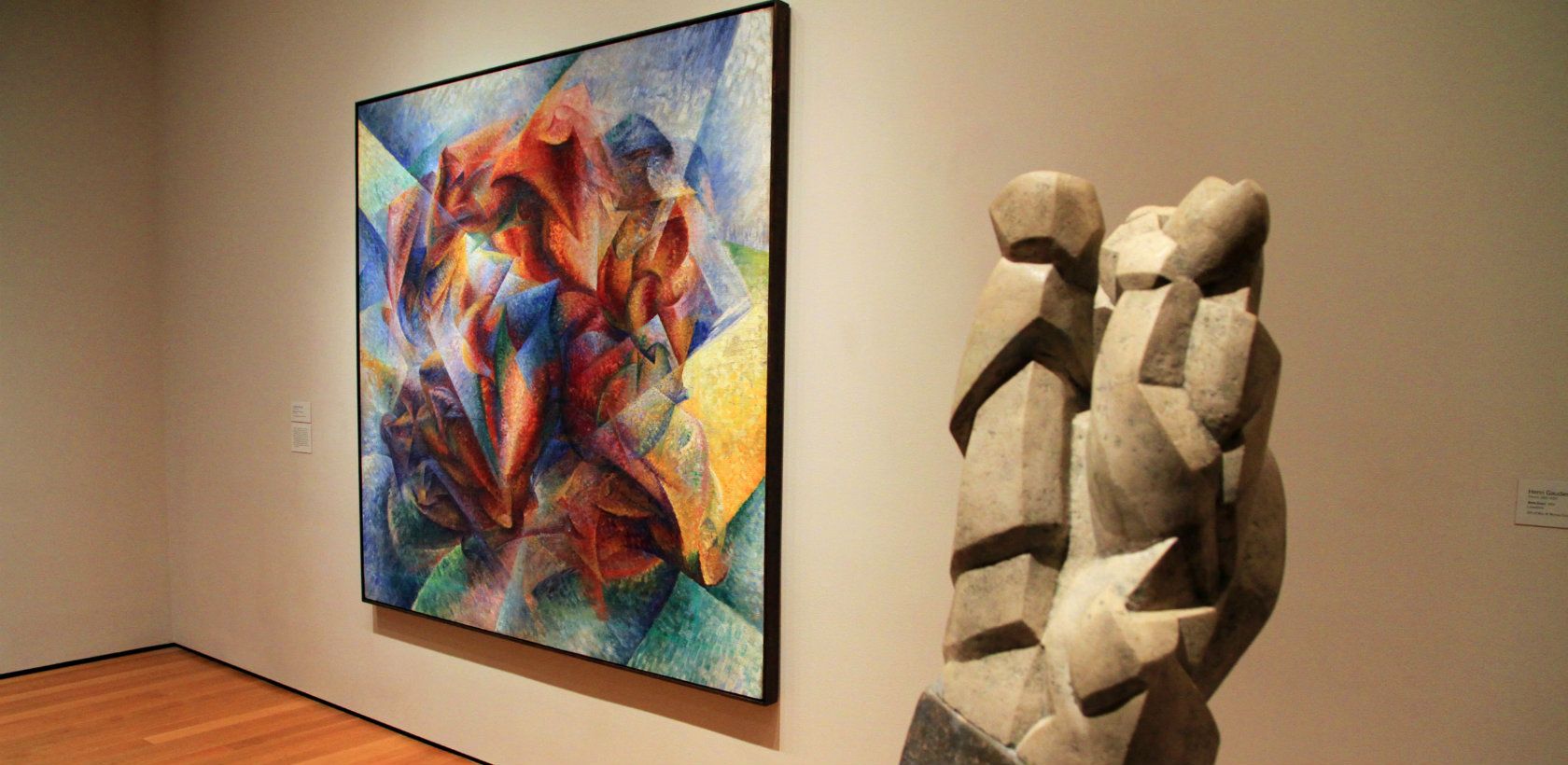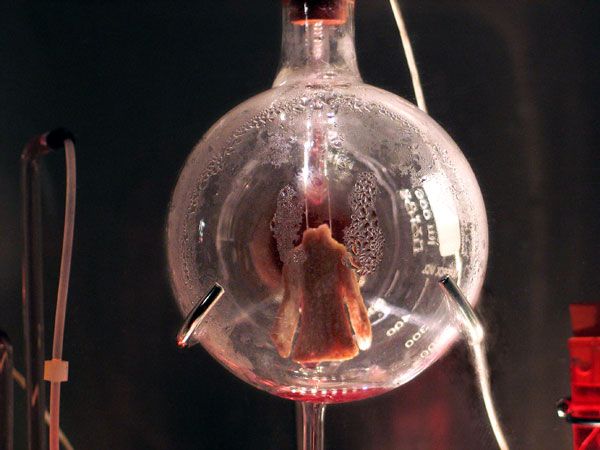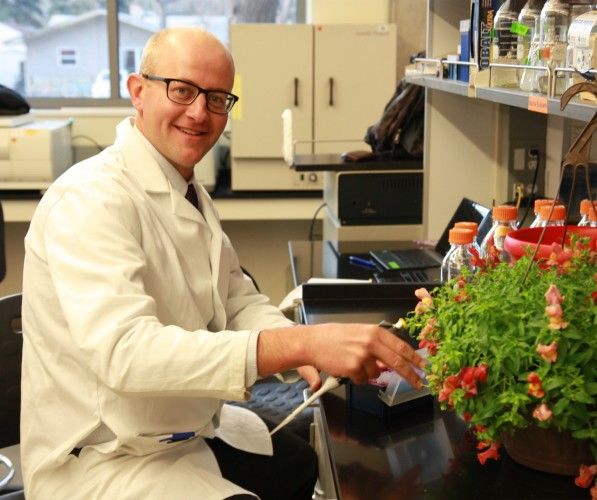Artists are all about exploring the world around them, delving into deep questions and asking audiences to think and be inspired. Perhaps it should come as no surprise that science often crosses paths with the art world.
In fact, artists all over the world are heading to the lab to try to answer questions about creativity, the nature of life, evolutionary understanding, and ethics. Artists have started to merge biotechnology with their art as a way to engage audiences while also experimenting with new technologies that may prove useful in the future. These art exhibits are as intriguing as they are thought-provoking.
A Semi Living Artist
https://www.makeuseof.com/wp-content/uploads/2015/04/DSCN0819.jpg
SymbioticA -- an art and science lab in Australia -- has developed an exhibit called “MEART - the Semi Living Artist.” The installation consists of two parts: a “brain” and a “body” in two separate locations. The “brain” is made of cultured brain cells from a fetal rat, grown over a grid of electrodes in a lab. The “body” is a robotic drawing arm. The brain and body communicate with each other over the internet to create two-dimensional drawings, all in real-time.
The exhibit delves into questions over the process of creation and what constitutes programmed behavior and true creativity. In essence, the project takes a look at artificial intelligence, cybernetics, and the future technologies that may come about as humans create what researchers refer to as “thinking entities.” With MEART showcasing an entity with the capability of learning, it’s a fascinating subject that we are only just starting to understand.
Living Exhibits
But the mixing of biotechnology and art (or bioart, as it’s called) is not relegated to far off places. The Museum of Modern Art in New York has featured a number of bioart exhibits. One called “Victimless Leather” was a tiny jacket made from living mouse tissue, housed inside an environmentally controlled glass ball.
The project went off the rails when the cells began to multiply rapidly, and scientists eventually had to turn off the jacket's life support. The exhibit was just the latest creation of the Tissue Culture & Art Project, designed to ask what role humans have in the manipulation of life. “Victimless Leather” and other works of bioart, such as Alba the green fluorescent rabbit, seek to gain answers through biotechnology. As scientists gain more powerful genetic tools, the possibilities for how this can affect living organisms are many and varied.
Calming GMO Fears
Of course, these aren’t the only example of genetic modification as artform. Researchers at Revolution Bio recently unveiled what they’re calling the Petunia Circadia, a flower which is engineered to change color during the day. The flower was created in part as an art project and part as a response to concerns over genetically modified organisms (GMOs). Researchers hope to show that GMOs are harmless, shouldn’t be feared, and can be good for consumers. As with other genetic experiments, the need to map the genome is prevalent and partly made possible through advances in big data and ad hoc analysis. The scientists at Revolution Bio hope their work can show what the future holds for natural products that require no chemicals to get the desired effect.
Bulletproof Skin
Another bioart project that certainly caught a lot of people’s attention was “bulletproof skin." This piece reinforced lab-grown human skin with one of nature’s strongest substances: spider silk. The results were amazing. The modified skin was able to stop low-caliber bullets. The purpose of the project was to show that safety was relative while also inspiring conversations about what types of safety actually benefit people. While it’s unlikely that anyone will infuse themselves with spider silk anytime soon, the project does raise questions about what genetic modification could mean for the human conditions.
Bioart is no longer a niche topic: it was the subject of a presentation at SXSW, and is a growing topic of discussion among mainstream artists. The use of bioart allows artists to explore matters of scientific and social consequence, experimenting with new technologies in unorthodox ways. The implications that come from these exhibits are sure to get people talking as well. Fusing biotechnology and art into one can open up new avenues of discussion while still advancing both art and science is fascinating new directions.
Image Source: MEART via FishandChips; Victimless Mice via TCA; Petunias via RevolutionBio; Museum of Modern Art via Wikimedia; Video via NewScientist



